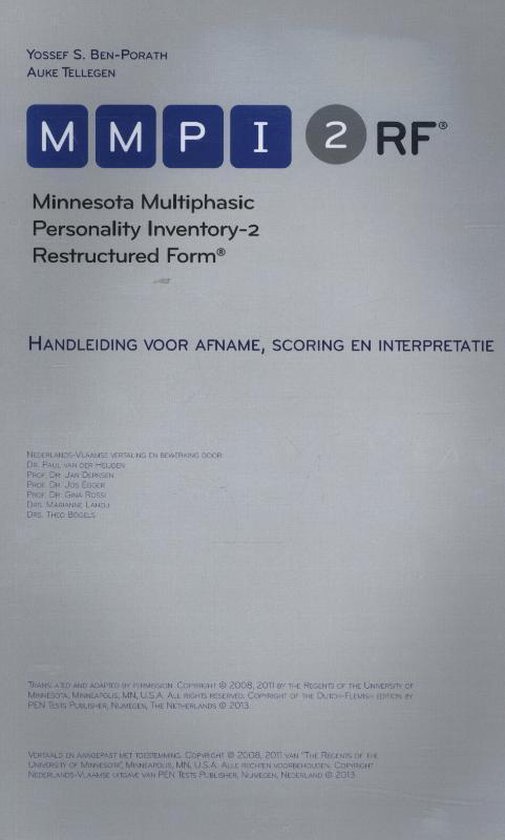


The MMPI-2 is designed with 10 clinical scales. After the computer scores the test results, the psychologist writes up a report interpreting the test results in the context of the person’s history and current psychological concerns.
#What is the mmpi 2 professional
While it’s commonly administered by computer nowadays (and requires no direct professional involvement during its administration), psychological testing is nearly always preceded by a clinical interview by the psychologist who is doing the testing. The MMPI is considered a protected psychological instrument, meaning it can only be given and interpreted by a psychologist trained to do so (you cannot find the test online). (Another version of the test - the MMPI-A - is designed exclusively for teenagers.) While the MMPI-2-RF takes about half the time to complete (usually about 40 to 50 minutes), the MMPI-2 is still the more widely used test because of its existing large research base and familiarity among psychologists. The MMPI is currently commonly administered in one of two forms - the MMPI-2, which has 567 true/false questions, and the newer MMPI-2-RF, published in 2008 and containing only 338 true/false items. Although it was not originally designed to be administered to non-clinical populations, it can be used to assess psychological stability in workers in ‘high-risk’ professions such as airline pilots, police or workers in the nuclear power industry, although using it in this manner is controversial.

It is primarily intended to test people who are suspected of having mental health or other clinical issues. The Minnesota Multiphasic Personality Inventory (MMPI) is a psychological test that assesses personality traits and psychopathology.


 0 kommentar(er)
0 kommentar(er)
